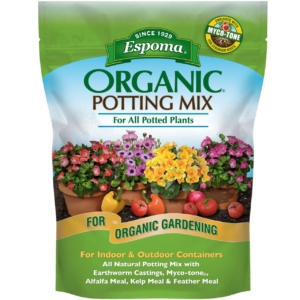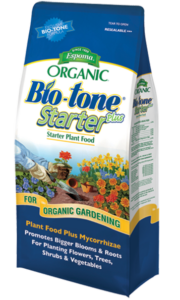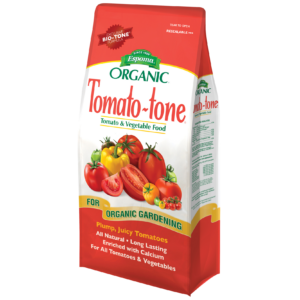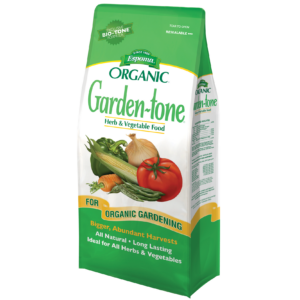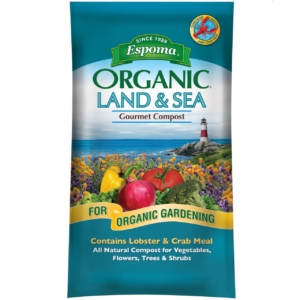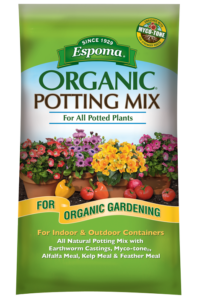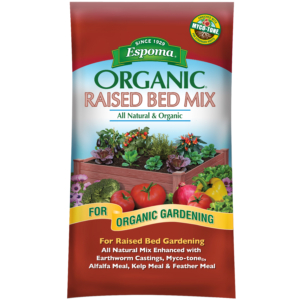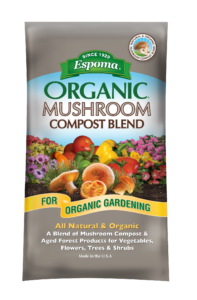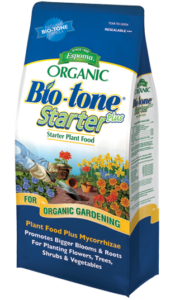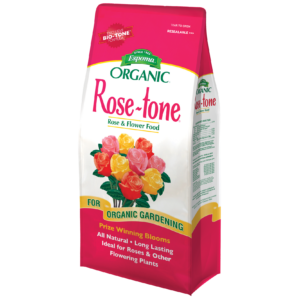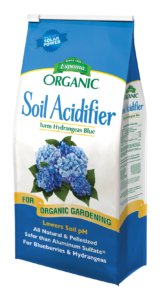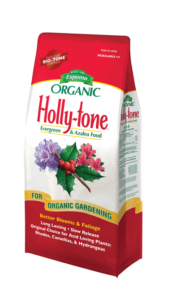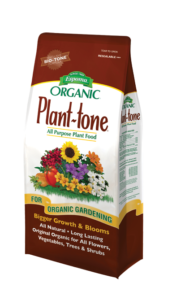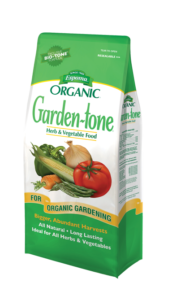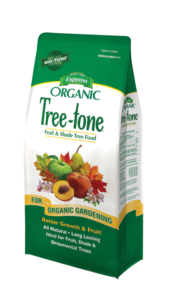VIDEO: How to add Decorative Garden Elements ⚱️? with Wyse Guide!
Kaleb Wyse from Wyse Guide shares tips on enhancing your garden with decorative elements. In this video, Kaleb demonstrates how to use a stylish antique urn as a planter to add a unique touch to your garden. He utilizes Espoma Organic Potting Soil Mix and Espoma Organic Bio-tone Starter Plus* to create the ideal growing environment for his new plants.
Learn more about Wyse Guide here:
? YouTube: www.youtube.com/@WyseGuide
? Facebook: https://www.facebook.com/WyseGuide/
? Instagram: https://www.instagram.com/WyseGuide/
? Website: https://www.wyseguide.com/
Featured Products:

